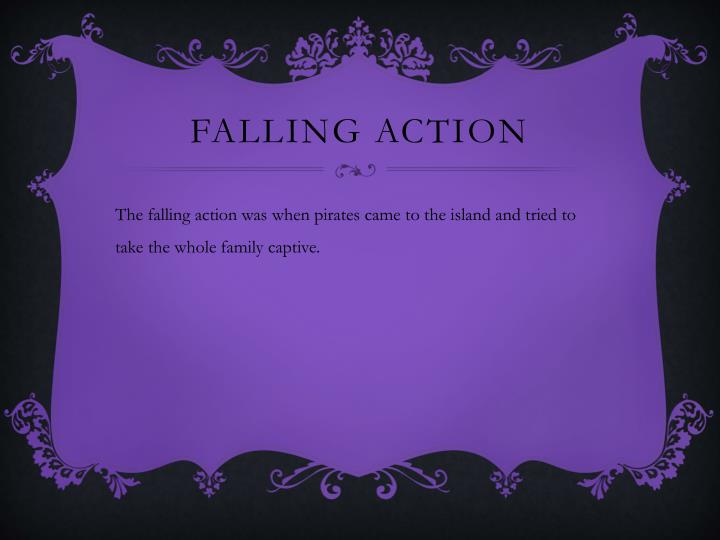


We hear the prince give out his warning about what will happen if there's another fight. Now that would be where we see the feuding of the families.
#Falling actio series
And then we've got the series of rise in action. We get introduced to the feuding families, the Montagues and the Capulets. So let's talk about a story you guys may have read or may know about Romeo and Juliet, alright? In the beginning, we meet our characters. This is what a diagram of a plot would look like and here would be your exposition, your rise in action, your climax, your fall in action which you'll notice happens a lot quicker and more steeply than the rise in action, and then your resolution out here. So your stories aren't necessarily always going to be wrapped up into a nice little bow. And just beware, just because it says resolution doesn't mean that it's always a good or positive resolution. And then finally, you'll come to the resolution or the final conclusion of the story. After you hit that climax, then you'll come to the falling action, where things are starting to get wrapped up. So it kind of works to build suspense where you meet the climax which is the turning point, the point in the story which you feel the most suspense. After you do that, you'll hit the rise in action which are, a series of many conflicts and actions that lead you up to the climax. So you'll have to adjust to meeting your characters and you're learning your setting. In some like 'To Kill a Mockingbird', it's the whole first half of the book. In some books or stories, it's really short. It's characterized by a flat line when we look at the diagram, but it's where you meet the characters and learn the findings. So the first is exposition and that tends to be the boring part. So essentially there's one basic structure to plot and it is exposition, rise in action, climax, fall in action, resolution. Let's talk about the plot of different stories.


 0 kommentar(er)
0 kommentar(er)
